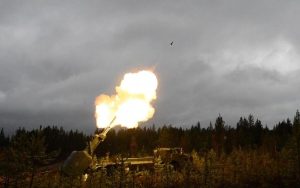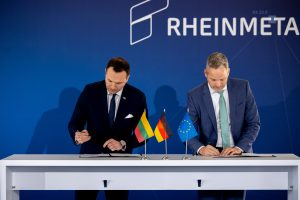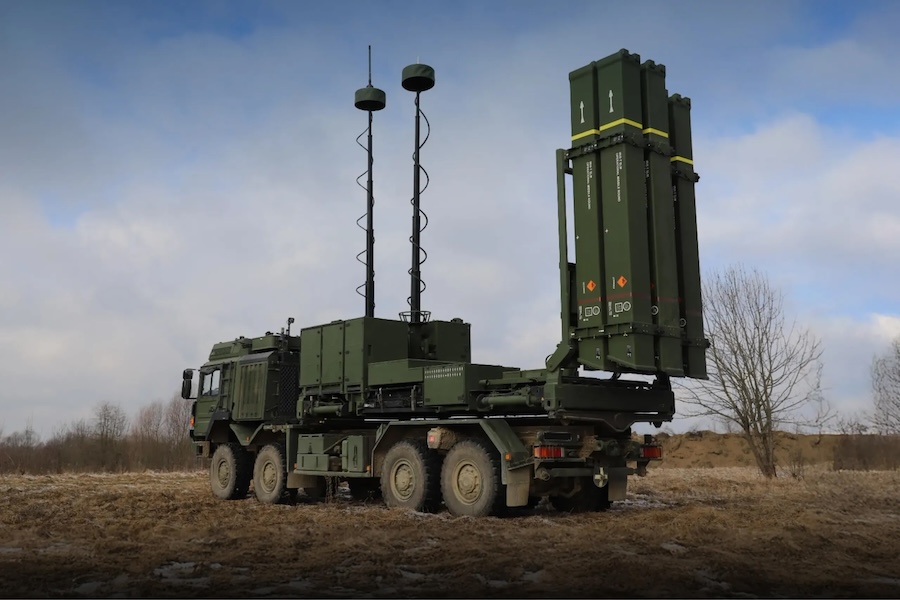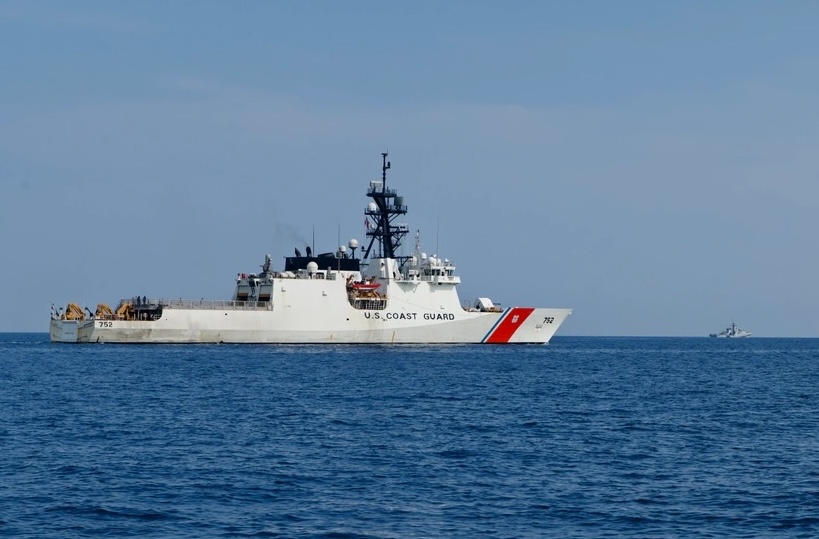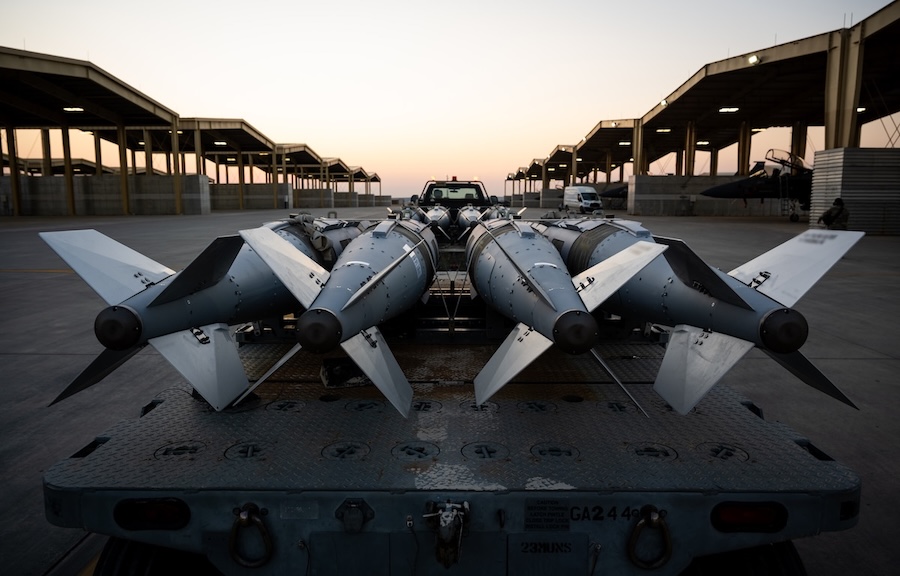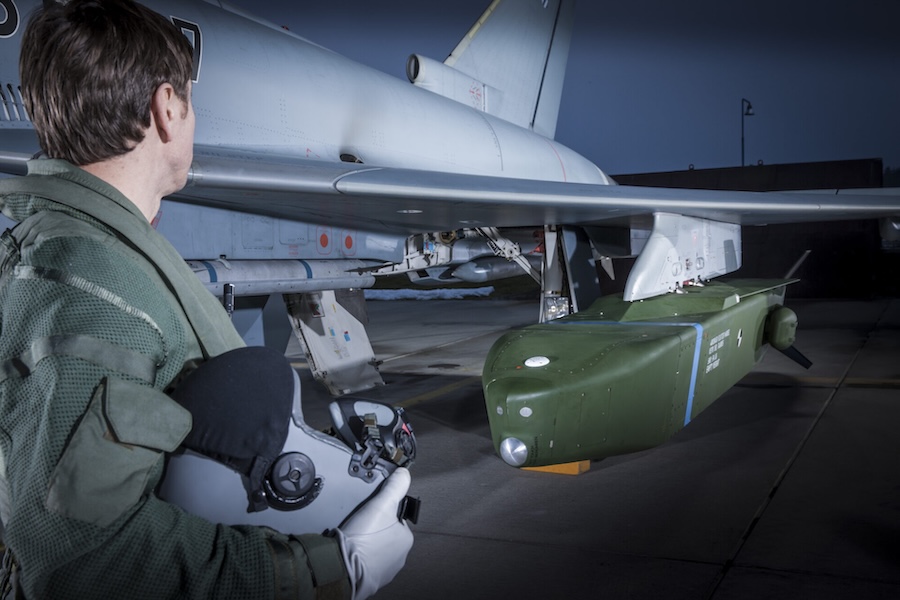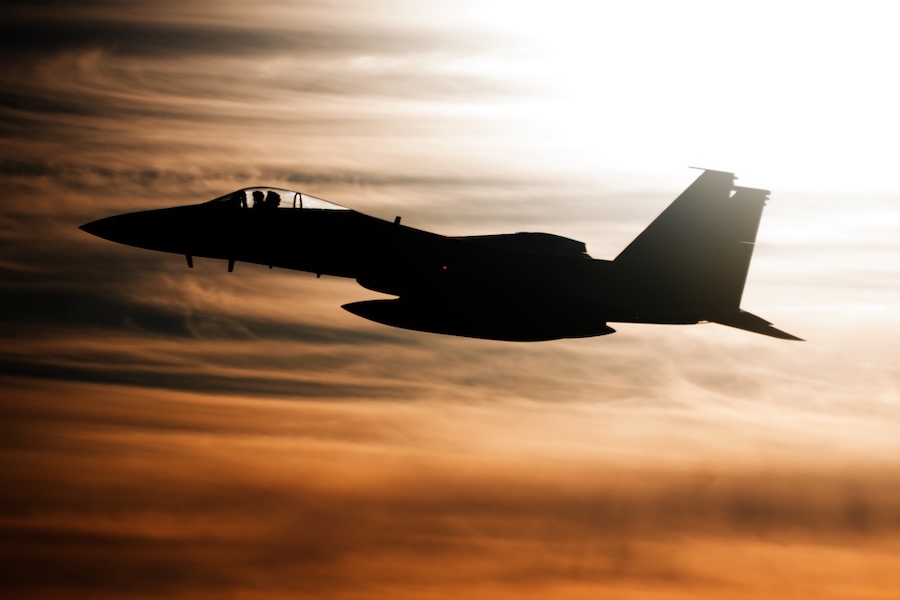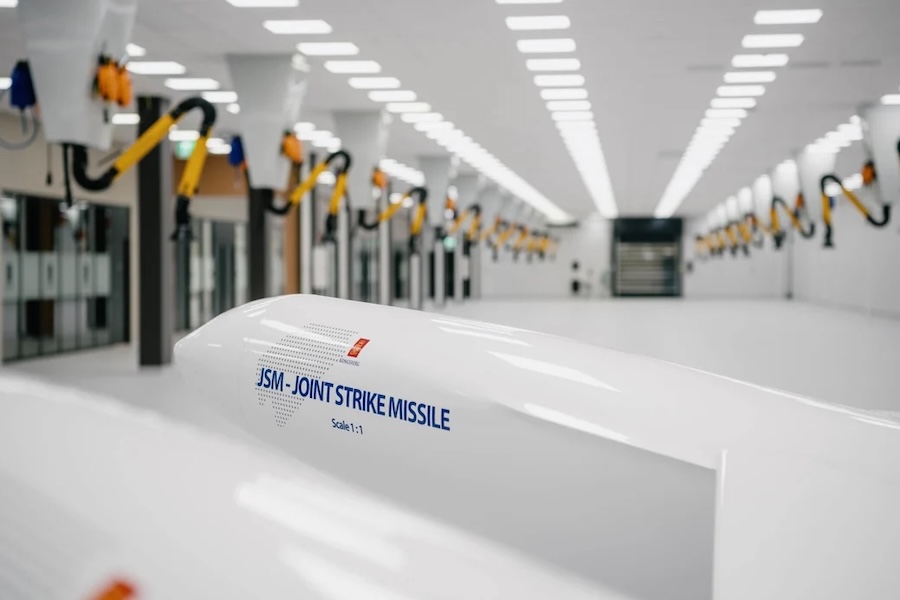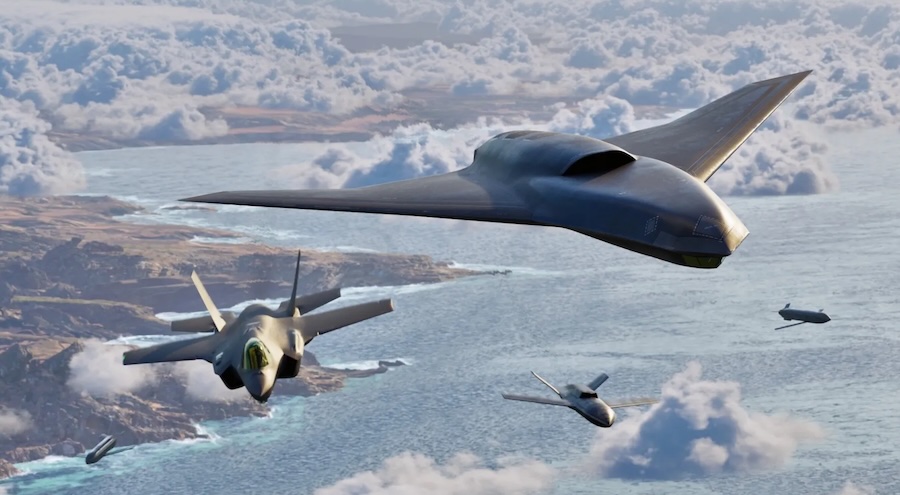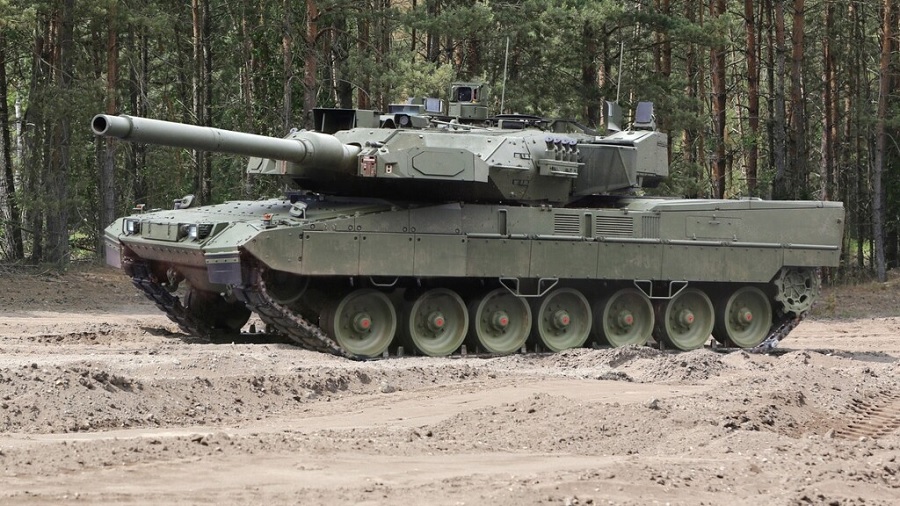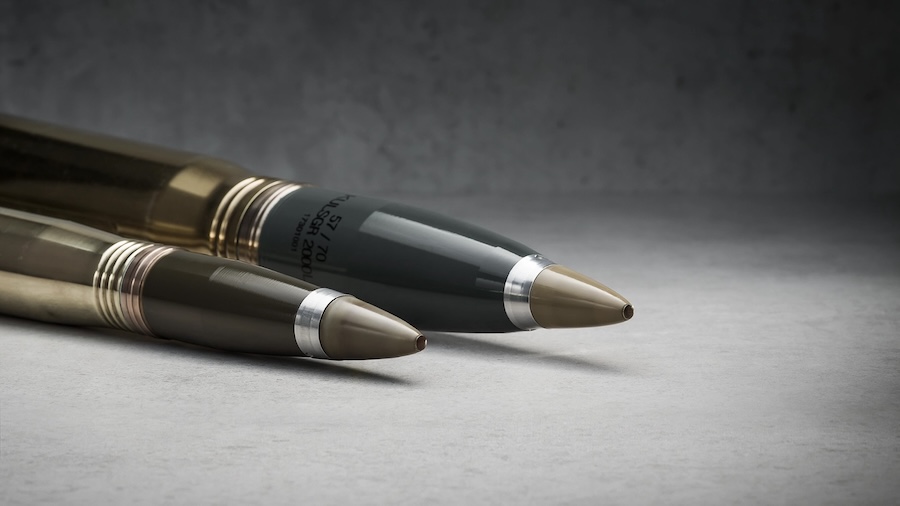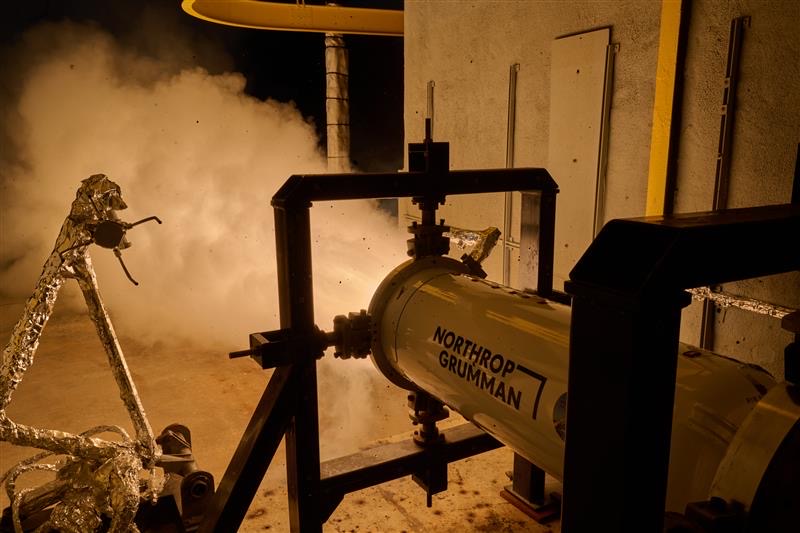Rutte attributed the shift to expanded production capabilities, saying it was made possible by increasing the capacity of existing production lines and opening dozens of new ones. He added that the recent effort is bigger than what has been done over previous decades.
📈 We are boosting defence production, but we need to be ready to produce more, faster, and together for a safer and more prosperous future for us all#NIF25 | @NATO_ACT pic.twitter.com/IKmSwdofBF
— NATO (@NATO) November 6, 2025
He also highlighted improved delivery times as a factor supporting NATO’s increased output. Meanwhile, Russia’s previous advantage stemmed from earlier arms build-ups, a transition to a war-time economy, and faster access to scarce materials.
Last year, estimates suggested Russia produced around 3 million artillery shells annually, with some sources citing between 2–2.3 million and up to 4.5 million. In comparison, NATO countries were estimated to have produced around 1.5 million in 2024.
This year, Russian output is expected to exceed 4 million shells. EU states, most of which are NATO members, aim to reach 2 million shells by the end of 2025 under the Act in Support of Ammunition Production (ASAP) initiative.
The United States is facing delays in reaching its goal of 1.2 million shells per year, now expected by mid-2026 instead of October 2025. Combined, these figures suggest NATO’s production would not exceed 3.2 million shells annually.








